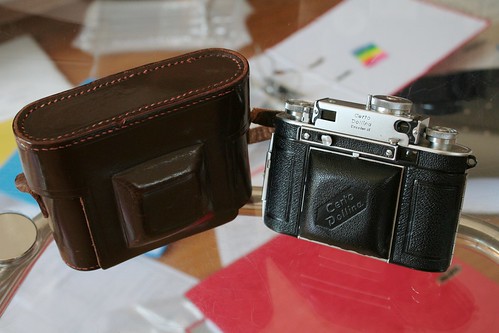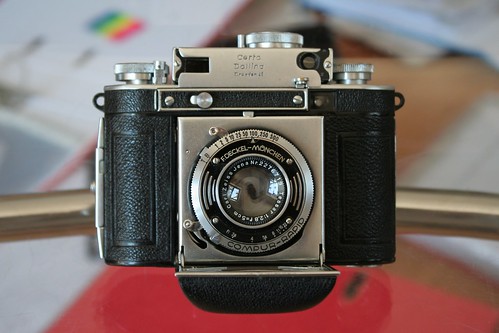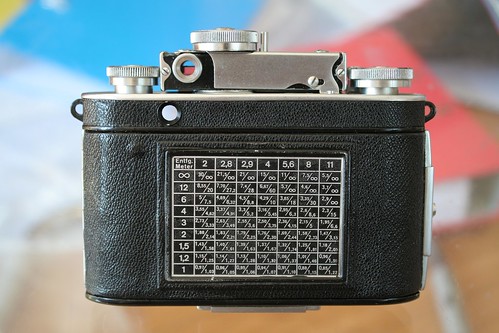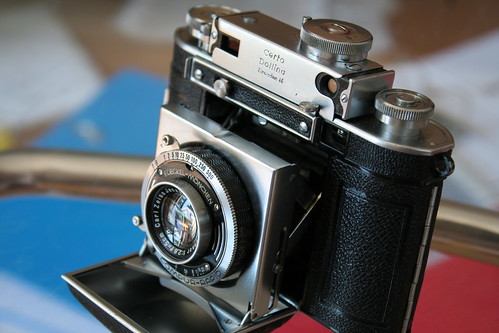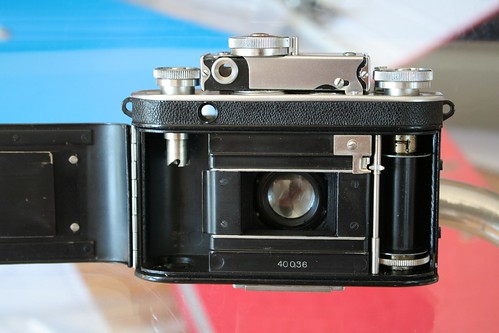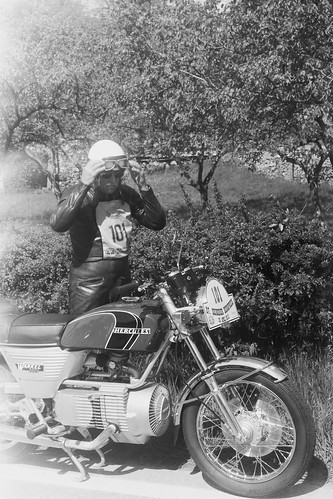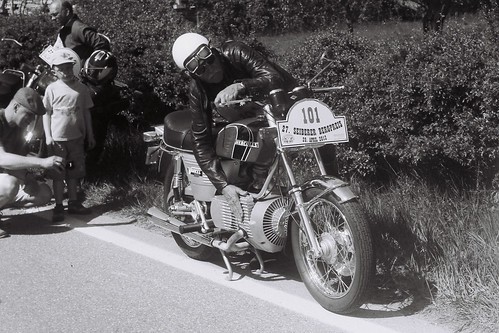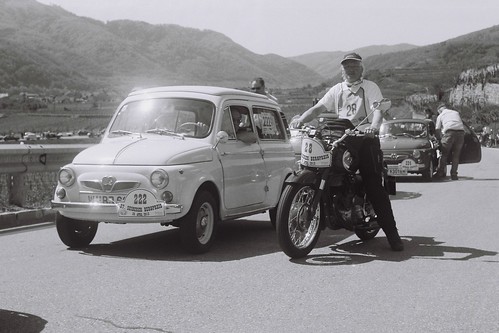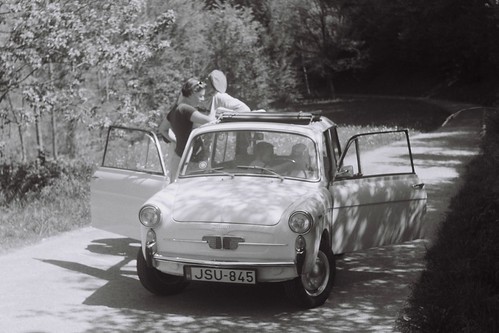The Good:
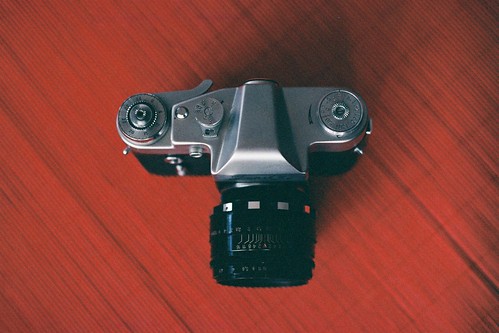
- Type: Zenit 3m
- Serial No: 66115890
- Manufactured: 1966
- Manufacturer: KMZ Krasnogorsk
- Shutter: Focal pane curtain (rubberized silk)
- Shutter speeds: B, 1/30, 1/60, 1/125, 1/250, 1/500
- Lens: Helios-44 2/58 alu
- Aperture: 2, 2.8, 4, 5.6, 8, 11, 16
- Lens Serial No: 6059879
- Lens mount: M39
- Last CLA: 02/2012
- Condition: like a new, shiny, every function working perfectly
The Bad and the Ugly:
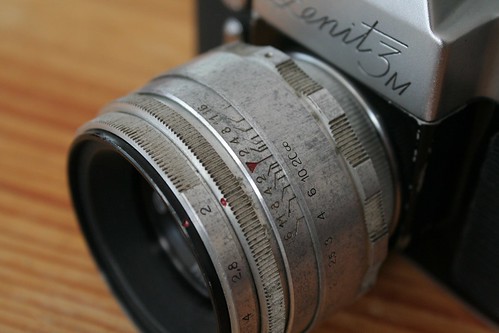
- Type: Zenit 3m
- Serial No: 66028191
- Manufactured: 1966
- Manufacturer: KMZ Krasnogorsk
- Shutter: Focal pane curtain (rubberized silk)
- Shutter speeds: B, 1/30, 1/60, 1/125, 1/250, 1/500
- Lens: Helios-44 2/58 black
- Aperture: 2, 2.8, 4, 5.6, 8, 11, 16
- Lens Serial No: 6013114
- Lens mount: M39
- Last CLA: 01/2012
- Condition: worn-out, shabby, self timer not working, shutter hectic
An SLR from the Soviet Union with M39 thread mount and rubberized silk courtain shutter. Grandchild of the legendary Leica II. Sounds interesting, eh? It is, indeed.
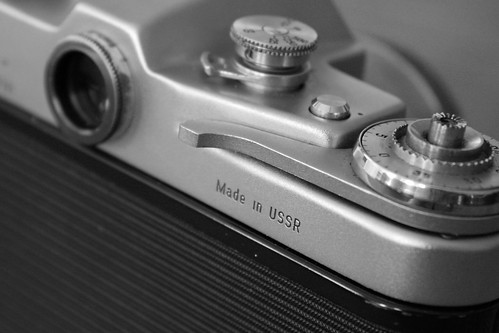
Small, heavy, charming, Spartan and indestructible. This is how I can describe it the best. But first of all, let's see its origin.
In 1932, the Soviet Union buys the license of the Leica II(D), the famous 35mm Leitz rangefinder camera. Based on the license, they start the production of the
FED rangefinder soon enough, in 1934. Then comes the Second Word War. The Felix Edmundovich Dzerzinshky Labour Commune (the FED factory) has to be evacuated during the advancement of the German troops. The Soviet Union decides to restart the mass-production of the Leica copies in the KMZ factory under the brand FED-Zorki in 1948. Later, the FED factory restarts its operation but the KMZ continues to produce the Leica copies under the Zorki name. From that point, the development of the FEDs and Zorkis go on their own separate ways.

After the War, the Soviet Union begins to produce an other German rangefinder camera, the Zeiss Contax, under the
Kiev name. No license buying this time; they take the design, the machinery, the parts, materials and even the engineers as war indemnity. But there is still no Soviet reflex camera; the SLR camera production remains in East Germany.
The large internal market of the Soviet Union needs a cheap and simple SLR camera in mass production. The KMZ factory finds the simplest possible solution: they take a Zorki rangefinder, remove the RF housing and replace it by a plain ground-glass and a prism. They put a mirror below and push forward the M39 Leica thread mount to make room for the mirror housing. This is how the most successful SLR of the Soviet Union is born in 1952.
The early Zorki and Zenit cameras were developed together: the first Zenit model was based on the Zorki 1, Zenit S was based on the Zorki S (with flash sync).
The Zenit 3 was a separate development from the Zorki line. It had a wind lever and a self timer but the film load mechanism was still the good-old Leica way: you had to remove the bottom of the camera. It had quite high build quality but the production cost was too high so the production was stopped shortly after the introduction of the Zenit 3. The solution for the cost problem was the Zenit 3m. This was the first model with removable back. The letter 'm' meant modern, however the design was outdated from its birth. Just compare it to the German SLR-s of the same age: a Contaflex, a Retina Reflex, an Exakta or a Bessamatic is a high-tech spaceship command center compared to the Zenits.
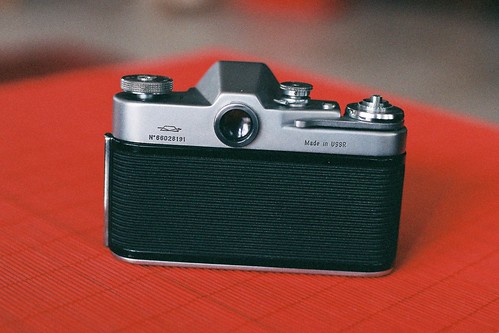
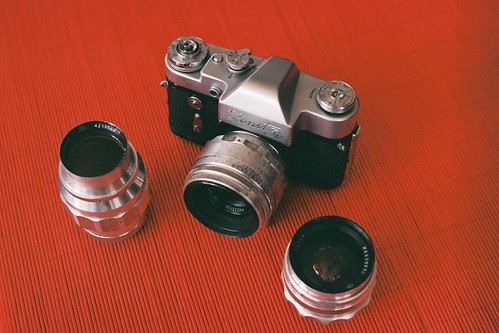
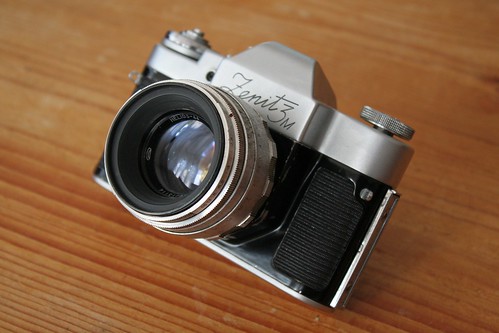
The Zen art of SLR: the Zenit 3m is small, beautiful and extremely minimalist in functionality. No tricks like instant mirror return, you have to cock the shutter to see trough the lens. No focusing aid of any kind, just the good-old ground glass screen. You have a minimal set of shutter times at your disposal: 500, 250, 125, 60 30 and B. No slow times of course. There is no automated aperture control, just an additional ring on the lens to manually open and close the aperture from wide open to the preset value. Light metering? Come on, you can't be serious.
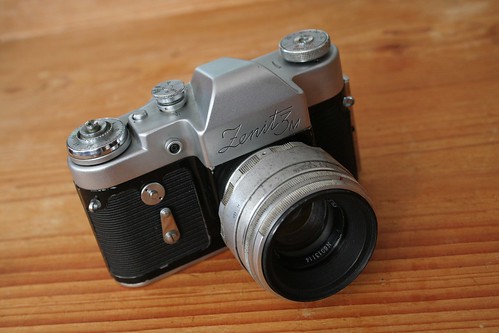
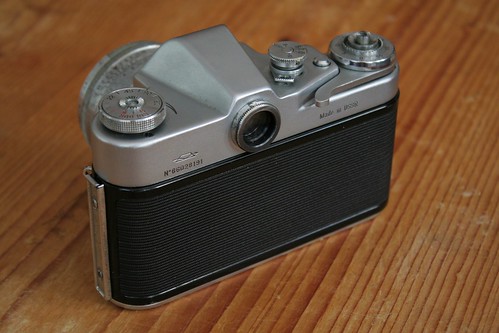
The camera is robust and it has an indestructible air and it's so imprecise, so rough, so Russian that it can't be compared to anything, maybe only to a tank. A small, pretty tank.
After this description one can imagine that using a Zenit 3m must be a pain but nothing is more far from the truth. Using a Zenit 3m is a pure joy. You hold a small gem in your hand. You don't have to worry if you accidentally knock it to the wall; this would be the problem of the building's owner. There is no technical wizardry to keep your attention away from composing the image. Interestingly, this minimal SLR turns out to be just the right tool in most of the cases. And it's cheap, damn cheap. So cheap that you can easily buy three to have spare in case. 781.678 pieces were made of it so you can't run out of supply.
And the lenses...
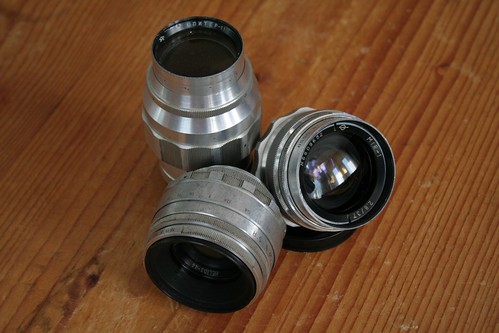

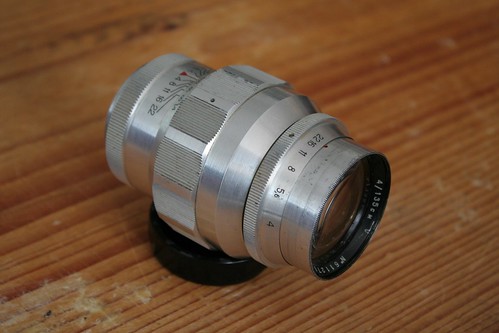
You can have an Industar 3.5/50 but don't go for it: it's just a low quality Tessar clone. Buy a camera with the legendary 58mm Helios-44. This lens is a Zeiss Biotar copy, a true pleasure to use. The later type the lens the better the resolution.
And there is the legendary Zeiss Flektogon clone, the award-winning 37mm MIR-1 which won the Grand Prix in Brussels in 1958. Sharp like hell. It renders crisp pictures, no matter what.
Last but not least you can have a 135mm Jupiter-11, which was based on the reputable Zeiss Sonnar. Unfortunately, my example has quite bad optical quality but other resources praise it so it's possibly my bad luck.
Don't let the M39 thread mount fool you. The rangefinder lenses from the FEDs and Zorkis (or even Leica's) can be mounted on the Zenit 3m but they will not be fully functional. The base distance of the Zenit is much larger because of the mirror housing so the RF lenses can be used solely for close shots; you cannot focus them to greater distances.
The Zenit 3m is even able to take quite stunning macro shots. We did a thorough investigation in this matter. You can find the results and the lessons learned at the KIWI project webpage:
kiwiproject.tumblr.com
And now let's see those test shots.
The Helios-44 is a good lens. No surprise because it's a Zeiss Biotar copy.
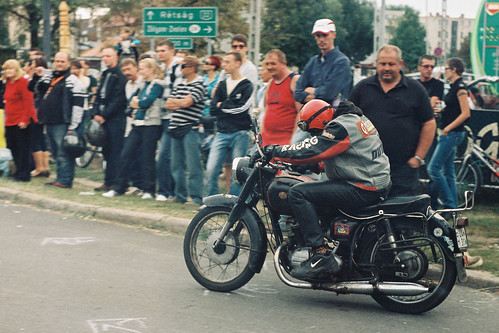

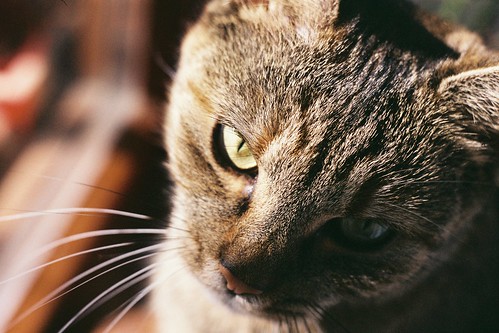
The MIR-1 is basically a Flektogon. And it performs accordingly.
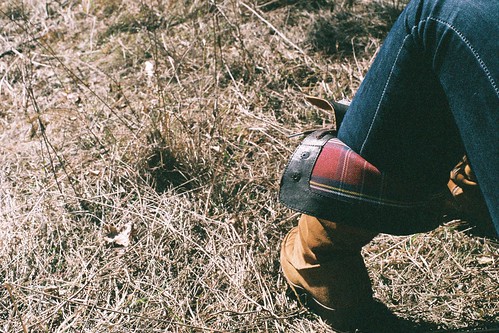
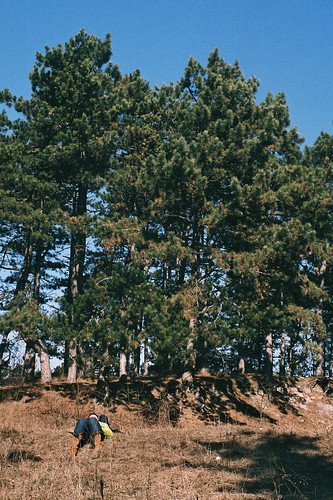

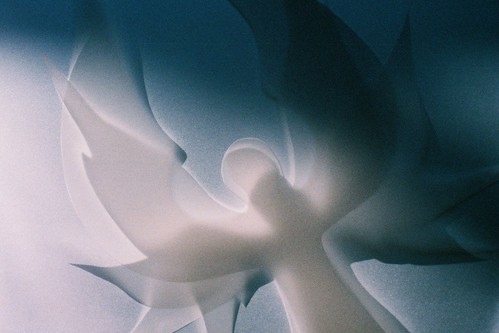
The Jupiter 11 gets unsharp at the edges at maximum aperture:
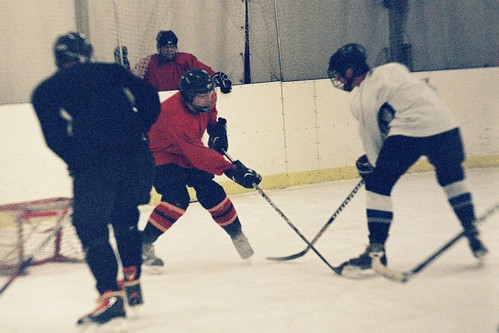
Nowadays, you have to buy a Lensbaby lens for similar effect. Having a Zenit 3m with the Jupiter 11, you just have to set the aperture to f/4.
But it is sharp at the center when stopped down:
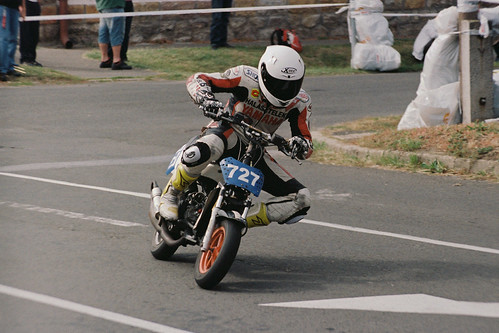
Tip:
never ever set shutter speed before cocking the shutter! It can permanently damage the shutter. Remember: it's an old Zorki inside.
